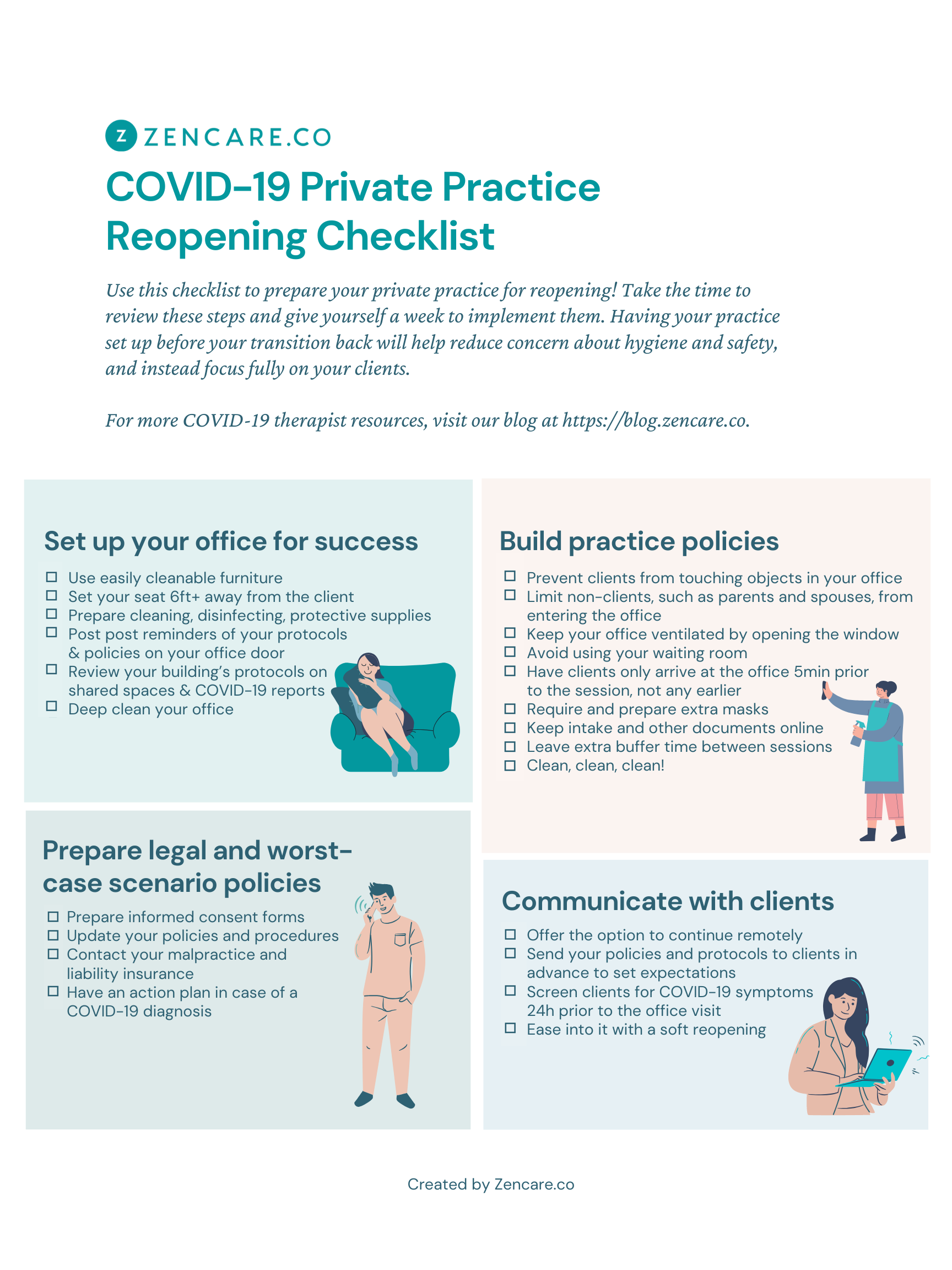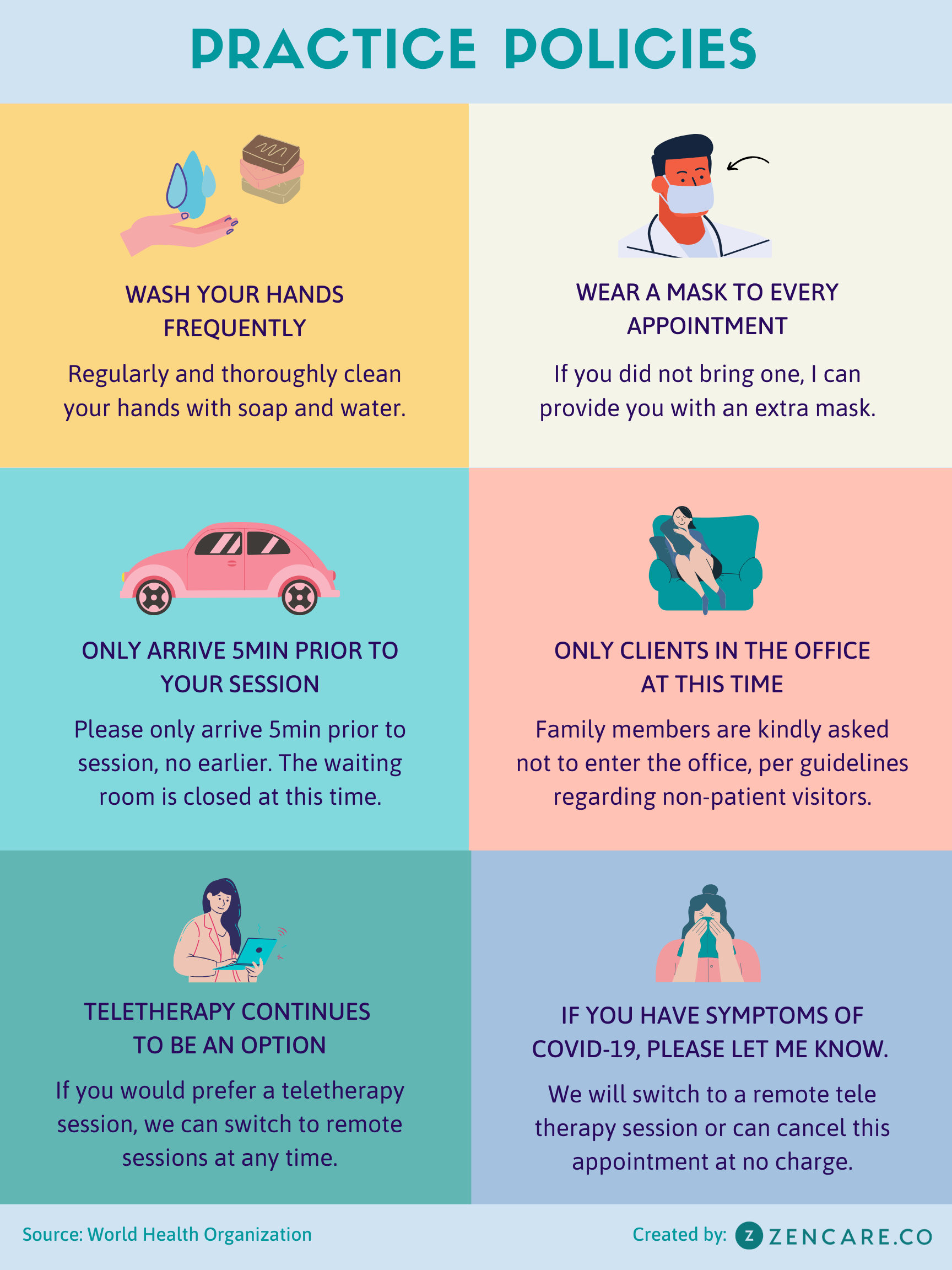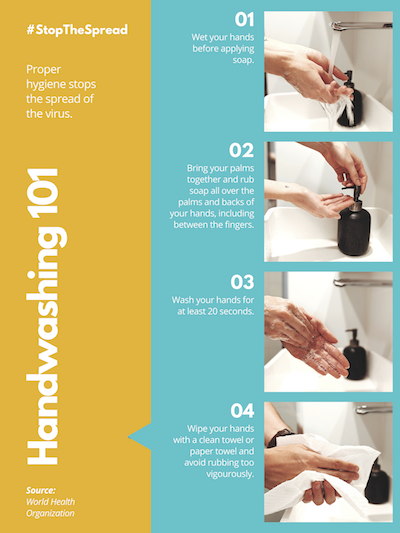As states begin to reopen, many therapists are asking, “Should I return to in-person therapy sessions?” and “How do I set up my practice to re-open safely?"
First, remember that while states are gradually re-opening, the American Psychological Association (APA) recommends that practitioners use teletherapy as much as possible. While you may be eager to return to in-person sessions, if you get sick, this virus can leave you feeling unwell for weeks — which means an even longer-term impact on your practice and income — and poses the risk of coronavirus transmission to your clients. Please think through these factors carefully as you weigh the option of returning to in-person sessions, and continue to follow your state’s guidelines.
That said, when the time does come to return to the office, it can be helpful to know what steps to take; preparation is key, and will set you up for a successful transition back! Below is our extensive guide on transitioning back to in-person sessions, with advice compiled from official sources and tailored to therapy private practices. We encourage you to take the time to review these steps, and give yourself a week to implement them. Having your practice set up before your transition back will help reduce concern about hygiene and safety, and instead focus fully on your clients.
Private Practice Reopening Checklist
Click on any item to jump to that section.
-
1. Set up your office for success
- Deep clean your office
- Set your seat 6 feet or more away from the client
- Use easily cleanable furniture and no-touch products
- Review your building’s protocols
- Prepare cleaning, disinfecting, and protective supplies
- Post reminders on your office door 2. Build practice policies
- Avoid using your waiting room
- Limit non-clients from entering the office
- Require and prepare extra masks
- Prevent clients from touching objects in your office
- Keep as much as possible online
- Get creative in scheduling appointments
- Clean, clean, clean!
- Keep your office ventilated 3. Prepare legal and worst-case scenario policies
- Prepare informed consent forms and update policies and procedures
- Contact your malpractice and liability insurance
- Have a plan for a COVID-19 diagnosis 4. Communicate with clients
- Send an email in advance to set expectations
- Ask screening questions
- Ease into it with a soft reopening
Set up your office for success
1. Deep clean your office
According to guidelines by the Centers for Disease Control and Prevention (CDC), if you haven’t been in your office for more than a week, a routine cleaning of the space should suffice before reopening; coronaviruses naturally die in hours to days in typical indoor environments.
That said, you might also see this as a good opportunity to conduct a deep cleaning of your office. You can hire a professional cleaning service by finding one on Yelp or use a service such as Handy. Alternatively, you could also conduct your own deep cleaning, but remember that there can be a lot of costs associated with cleaning supplies, in addition to your own time.
The CDC’s guide on “How to Clean and Disinfect” is a good place to start for recommendations on how to conduct deep cleaning during COVID-19:
- Clean dirty surfaces with soap and water before disinfecting them.
- When purchasing cleaning and disinfectant products, check for Environmental Protection Agency (EPA)-approved cleaning chemicals with label claims against the coronavirus
- Wear gloves and gowns appropriate for the cleaning chemicals being used
As you clean or hire a company to clean, make note of all the sanitizing steps taken; these will be a key point you can include in your communication to clients about reopening, as well.
2. Set your seat 6 feet or more away from the client
Make sure that your seat is set at least 6 feet away from where your clients typically sit, or ideally farther, if your office allows for it. Create a distance comfortable enough for you so that if your client sneezes or moves around during session, you can still focus on what they’re saying, rather than worrying about the potential health implications.
Some therapists have considered installing plexiglass partitions to increase this barrier; while OSHA has released guidelines that suggest the use of plexiglass for manufacturing, restaurants, and retail businesses, this has not been suggested for healthcare professionals yet to date. The agency has indicated they will continue releasing industry-specific alerts designed to keep workplaces safe, so you can stay updated on their alerts here. (Are you using plexiglass partitions in therapy? We’d love to hear from you about your experience!)
3. Use easily cleanable furniture and no-touch products
You may love your comfy couch, but fabric is one of the hardest surfaces to clean. Consider removing or placing a “no-use” poster on furniture with soft and porous materials, and temporarily using more easily cleanable items. Good alternatives include, chairs with vinyl cushioning (like these) or plastic chair covers (like this) that you can wipe down after every session. If you see couples or families, make sure to prepare chairs for each individual.
Here is a list of office goods that you may want to consider to make cleaning and disinfection easier for you:
- Chairs - Select chairs that can be easily wiped down
- No-touch trash cans - If your trash cans require pushing a button, consider substituting one that uses a foot pedal, instead
- Stack of tissues - Lay out a stack of clean tissues for each client so they don’t have to touch the tissue box
- Remove water coolers - If you have a water cooler that your clients typically get water from, consider adding a notice on it that says “Not in use” so that clients aren’t touching it in between sessions
4. Review your building’s protocols
While you may have full control of your personal office, clients also need to enter and exit the building, use the bathrooms, and wait in common areas if you’re using a shared space. Get in touch with your building manager to confirm the following:
- Is the building locked, and you’ll need to let each client into the building?
- Are shared spaces such as bathrooms, kitchens, and waiting areas accessible? If so, what cleaning protocols are in place?
- Who should you contact if there is a positive reporting of COVID-19? How is the building communicating these reports to you and other tenants in the building?
- Are there handwashing signs in your bathroom? If not, can you post one up? (Here is one that you can download and print!)
5. Prepare cleaning, disinfecting, and protective supplies
You’ve heard it repeatedly — clean, clean, clean! In addition to your own cleaning, disinfecting, and protective supplies, have separate materials accessible for your clients, so you aren’t both reaching for the same bottle of hand sanitizer.
- Hand sanitizer - Alcohol-based hand rubs containing at least 60 percent alcohol
- Disinfecting wipes - To wipe down any surfaces that you or your clients touch
- Hand soap - Check that your bathroom’s hand soap dispenser is replenished and that you have extra to fill it with
- Disposable paper towels - Replace fabric towels in your bathroom with paper towels
- Disposable gloves - For when you are taking out the trash or cleaning surfaces at the end of each day
- Masks - Prepare cloth masks for yourself that you can wash daily, and disposable masks for your clients in case they arrive without their own mask.
6. Post reminders on your office door
Put a checklist up on the outside of your suite or office door so that clients are reminded at every session to go through it before entering your office. Ideally, try to print these in large font so that it’s eye-catching and easy to read.
Your checklist may include items like:
- Wear a mask to every appointment. If you did not bring one, I can provide you with an extra mask for this sessions.
- Wash your hands frequently. Regularly and thoroughly clean your hands with an alcohol-based hand rub or wash them with soap and water.
- Only arrive 5min prior to session. Please only arrive 5min prior to your appointment, no earlier. The waiting room is closed at this time.
- Family members are kindly asked not to enter the office at this time, per CDC guidelines regarding non-patient visitors.
- If you have symptoms of COVID-19, please let me know. We will switch to a remote teletherapy session or can cancel this appointment at no charge. Symptoms include fever, cough, shortness of breath, and chills.
Build practice policies
7. Avoid using your waiting room
If possible, close off your waiting area during the transition back. Instead, have clients wait in their car until the time of their appointment, or only arrive at the office 5min prior to the appointment, not any earlier. This will allow you to enforce social distancing between clients and minimize interactions.
If you absolutely need to have a waiting room (for example if you are at a group practice or share a suite), place easily cleanable chairs 6 feet apart, or put markings on the ground to indicate where clients can stand to wait for you to call them in.
8. Limit non-clients from entering the office
If your client is typically accompanied by a parent, spouse, or other family member, ask them to wait outside the building, rather than coming into the office or sitting in the waiting area. Limit office visitors to clients only to reduce the amount of social interactions you have.
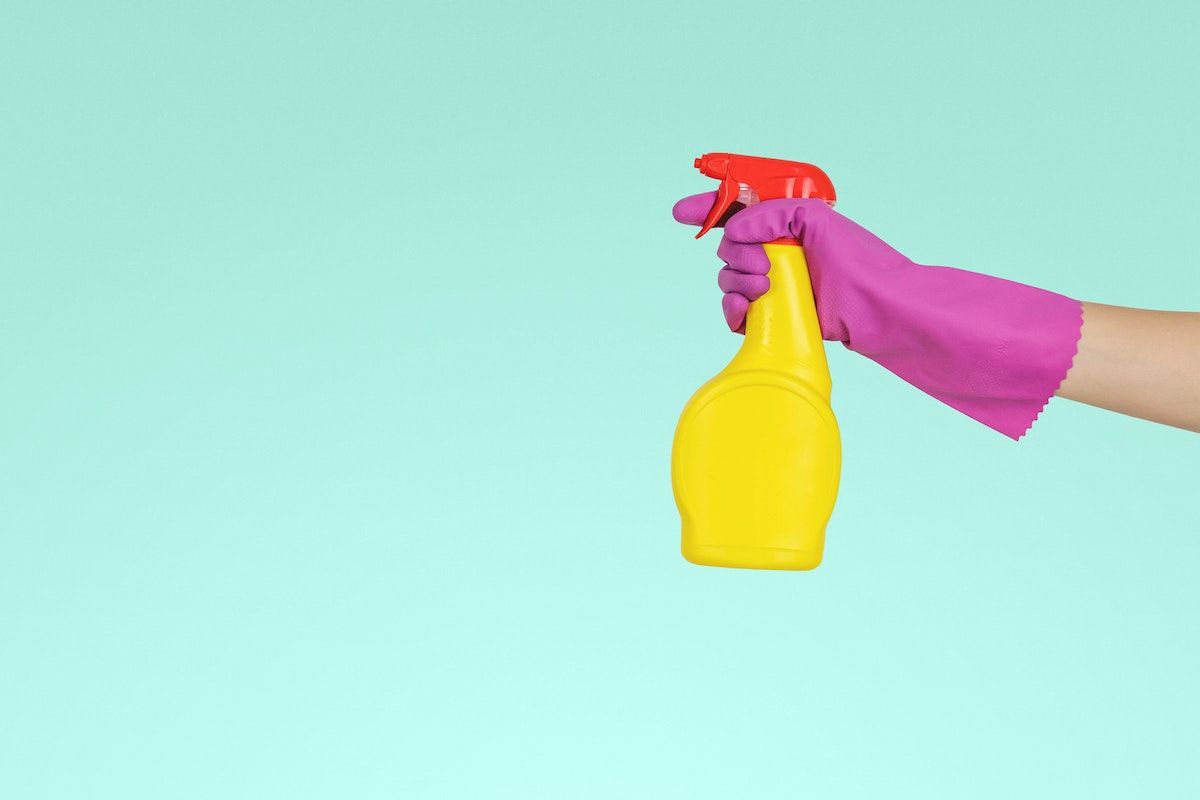
9. Require and prepare extra masks
For yours, your client’s, and other clients’ safety, require that anyone entering your office wear a face mask; this is CDC guidance that is reiterated by the NASW and APA. Post this requirement on your office door, your suite door, and waiting area, so that it’s absolutely clear to clients that this is a requirement.
Just in case clients forget, prepare extra masks for your clients so you can continue with the session regardless. If a client shows up for session without a mask and you don’t have extras for them to use, have a plan in place to reroute them to teletherapy on the spot; for example, you might conduct a walking phone session instead.
If you are using cloth masks, consider always having multiple masks available in a ziploc bag or hygienic box at the office so you can switch to a clean one at any time. By having multiple ready, you can use a few each day and wash them daily back at home. The CDC’s guidelines indicate that washing cloth masks in a washing machine should suffice.
If you don’t have a cloth mask, you can create one on your own or purchase them via websites such as:
- Amazon Handmade - Amazon’s handcrafted goods community is selling one to three pack homemade masks.
- Etsy - Etsy’s artists and craft makers are selling a range of colorful and artsy masks.
- Avocado - The mattress company Avocado is selling masks with canvas tie straps, for those who don’t like the elastic typically used in face masks.
- Sentry - The maker of workwear is selling masks with an adjustable copper noseband for a snug fit and to avoid fogged-up glasses, and a pocket for you to add additional filter protection. They also donate a mask for each one sold, giving to essential workers and nonprofits serving people experiencing homelessness.
10. Prevent clients from touching objects in your office
Think of all the objects that clients touch in your office, and consider what you can do without or move online for now.
Here are some examples to get you started:
- Door knob — Can you place single-use tissues on either side of the door for clients to use when opening and closing doors, or set the rule that you are the only one touching the door?
- Magazines or toys in the waiting area — Consider removing these for now.
- Pen and paper (for intake paperwork) — Can you move these completely online?
- Credit card processor, Square, or cash — Can you continue conducting payments online?
- Art supplies (for art therapists) — Can you limit to supplies that are easy to clean with disinfectant wipes, such as using markers instead of pastels?
- Toys (for child therapists) — Can you limit toys to those that are made of non-porous plastic, have wide surfaces, and are easy to clean with disinfectant wipes?
- Meditation bolsters and yoga mats (for mindfulness practices) — Can you do without these props for now?
11. Keep as much as possible online
Wherever possible, keep your systems online. For example, continue sending intake forms via your practice management tool, and collect payments via online credit card processors.
If you need to give clients a handout, consider sending it to them electronically as a PDF after session instead.
12. Get creative in scheduling appointments
Leave more buffer time between appointments than you typically would (such as 20min instead of 10min) to avoid clients coming in contact with one another. Add in extra time in case appointments run late or you have to deal with unexpected client emergencies.
This extra buffer can give you time to disinfect the office (such as wiping down the chair and doorknob) and open the window for air ventilation. It can also give you a few minutes to reset, sneak in a short meditation, or review notes prior to your next session.
You can also get creative with scheduling, such as alternately scheduling in-person and remote sessions back-to-back so that there isn’t a concern of clients bumping into each other in-person.
13. Clean, clean, clean!
Here’s a list of areas you may want to clean after each session. Consider printing this out and posting it on your desk as a reminder!
- Doorknob
- Mobile and landline phones
- Desk
- Chair
- Keyboard
- Mouse
- Pens
- Intake form holders
14. Keep your office ventilated
The Occupational Safety and Health Administration (OSHA) recommends increasing ventilation rates in the work environment. You can easily do this by opening your window after each session.
As for high efficiency air filters, the National Air Filtration Association indicates that “in most buildings and in most situations, filters may be considerably less effective than other infection control measures including social distancing, isolation of known cases, and hand-washing.”

Prepare legal and worst-case scenario policies
15. Prepare informed consent forms and update policies and procedures
Your practice is reopening with new policies, and it’s important to share these with clients upfront!
Informed Consent Forms: Similar to creating an informed consent form for teletherapy, you may wish to develop a similar form to address the transmission of coronavirus and any additional protocols you’re putting in place for transitioning to in-person sessions. The informed consent form should have clients verify that the new office procedures have been discussed and communicated with them. Please consult your legal counsel as you develop a form that is unique to you.
Updated Policies and Procedures: Consider developing an “Updated Policies and Procedures” document that addresses changes to your practice such as the following:
- Office hour changes — any changes to the dates you are in-office vs offering remote sessions, especially if you are sharing your office or suite with a colleague on rotation
- Cancellation policies — for example, allowing last-minute cancellations if clients are ill
- Client physical health requirements — clients must verify that they do not have symptoms of COVID-19 prior to attending session
- Mask usage in the office — requiring that all clients wear masks during sessions
- Waiting room policies — asking clients to wait in their car or outside the building, request to arrive no earlier than 5min prior to the appointment time, etc.
Post these on your door, waiting room, website, and share with clients via email. Consider reviewing them in-person at the beginning of your first in-person session, or at the end of your last remote session with them, as well.
16. Contact your malpractice and liability insurance
As is the case when any major change occurs in your practice, contact your malpractice and general liability insurance carriers to discuss if any additional coverage may be warranted during practice reopening.
While Congress has shielded clinicians from certain types of liability to protect them from medical malpractice litigation, most of these apply to physicians and volunteers directly treating COVID-19 diagnoses. Reopening increases pandemic-related risk that may not fall under these protections, so it’s important to ensure your practice is protected from any potential liabilities.
17. Have a plan for a COVID-19 diagnosis
Build a plan in case one of your clients shares that they are suspected or confirmed to have a COVID-19 infection.
Applying the CDC’s employee guidelines to clients, below are some things you need to know.
If it has been less than 7 days since the client has been in your office:
- Close off any areas used for prolonged periods of time by the sick person.
- Wait 24 hours before cleaning and disinfecting to minimize potential to you or others of being exposed to respiratory droplets.
- During this waiting period, open outside doors and windows to increase air circulation in these areas.
If it has been 7 days or more since the client was in your office:
- Routine cleaning and disinfecting of all high-touch surfaces in the office should suffice; additional cleaning and disinfection is not necessary.
Determine which clients may have been exposed to the virus and communicate this risk:
- Inform clients of their potential exposure to COVID-19. As always, maintain confidentiality of your client. While certain teletherapy-related HIPAA requirements have been relaxed during COVID-19, the general HIPAA requirements must continue to be followed.
- Follow the CDC’s Public Health Recommendations for Community-Related Exposure and ask potentially exposed clients to stay home for 14 days.
If you have had prolonged* close contact** with a client:
- Follow the CDC’s Guidance for Risk Assessment and Work Restrictions for Healthcare Personnel with Potential Exposure to COVID-19:
- “Exclude from work for 14 days after last exposure” — ie. You should not have in-person sessions for 14 days after the last exposure.
- Monitor for fever or symptoms consistent with COVID-19.
- If you develop a fever or symptoms consistent with COVID-19, arrange for medical evaluation and testing.
* “Prolonged” is defined as a “time period of 15 or more minutes,” which applies to most therapy sessions.
** “Close contact” is defined as “being within 6 feet of a person with confirmed COVID-19.” If you are able to strictly ensure you stay 6 feet away from clients, this is less applicable.
*** Cloth face coverings are not considered PPE because their capability to protect HCP is unknown.
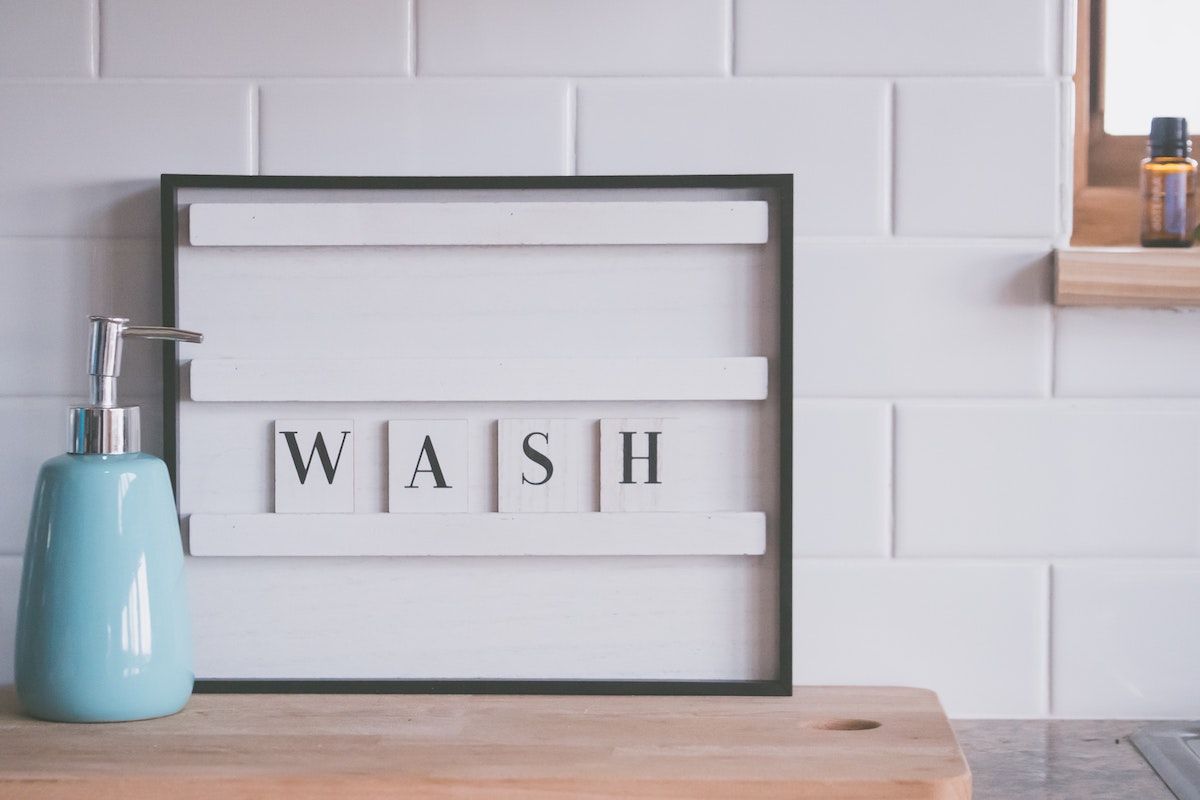
Communicate with clients
18. Send an email in advance to set expectations
Your clients are likely experiencing a range of feelings, from relief that they can see you in-person, to concern around hygiene and safety. Clear communication and sufficient advance notice prior to reopening will help set the right expectations upfront.
Here are some notices to include in your reopening email:
- Soft reopening date
- New operating hours
- New policies and protocols (see above)
- Updated cancellation policies
- Measures you’ve taken to ensure safety
- Client physical health requirements
- Option to continue with teletherapy
19. Ask screening questions
Following the American Medical Association’s (AMA) guidelines, screen clients for COVID-19 symptoms 24 hours prior to the office visit and prior to entering the office. The AMA’s pre-visit screening script (page 4) is a template you or your intake coordinator can use.
- Fever - ask clients to take their temperature before in-person sessions to ensure they don’t have a fever, generally 100 degrees Fahrenheit or above
- Cough
- Shortness of breath or difficulty breathing
- Chills
- Muscle pain
- Sore throat
- New loss of taste or smell
Any accompanying individual (such as parents for child therapy) should be screened in the same manner as well.
20. Ease into it with a soft reopening
There’s no need to switch your clients to in-person sessions all at once; this can be a gradual process that you ease into and “soft reopening” where you reopen incrementally is generally recommended. A soft reopening allows you to identify any improvements you can make to avoid contact, keep the space clean, and give your clients comfort around safety. Given many clients may be out-of-town (such as back home with parents), this may already work in your favor.
If you are conducting couples or family sessions, consider if you can continue with these clients remotely during the slow reopening period as you get into the rhythm with individual clients.
Look at your calendar, chart out when you might reopen, and budget enough time in advance to prepare.
Bonus: Keep up to date on telehealth policies
21. Keep up to date with health insurance policies
For now, most health insurance companies have stated they will reimburse for teletherapy sessions during COVID-19 through around mid-June (please check specific dates and policies by health insurance company). However, most health insurances published these changes in their press releases in March 2020 and have not released any new statements since.
We are hoping for additional guidelines towards the end of May or early June as to whether they will extend these waivers and coverage beyond the current end date, and will continue to monitor the situation for our readers as well!
22. Keep up to date with cross-state telehealth policies
The American Psychological Association and American Psychiatric Association have great resources specifically geared towards therapists. Consider signing up for their alerts and your specific professional association as well!
The process of reopening takes a lot of thought and consideration for your and your client’s health.
There’s no need to rush it, and many therapists are continuing teletherapy in the short-term, while others are deciding to stay completely remote for the foreseeable future. For support around making the switch to teletherapy, read our guide to transitioning to teletherapy.
Additional resources
American Psychological Association (APA)
Guidelines for when it’s okay to resume in-person services
American Psychiatric Association (APA)
Practice Guidance for COVID-19
American Medical Association (AMA)
Guide to reopening physician practices for non-COVID care
National Association of Social Workers (NASW)
Guide on how to reopen social work practices
Occupational Safety and Health Administration (OSHA)
Guide for businesses preparing to reopen
Centers for Disease Control (CDC)
Coronavirus reopening guidelines
